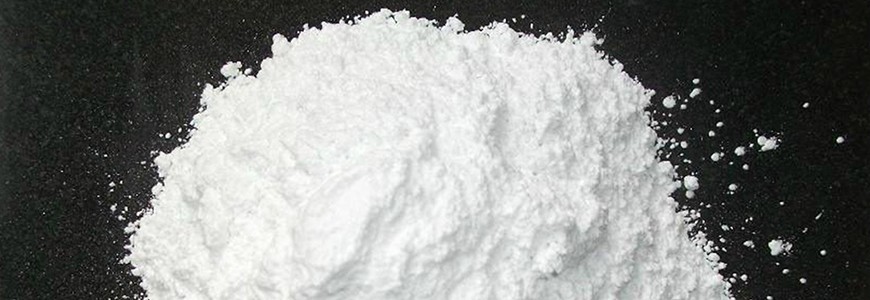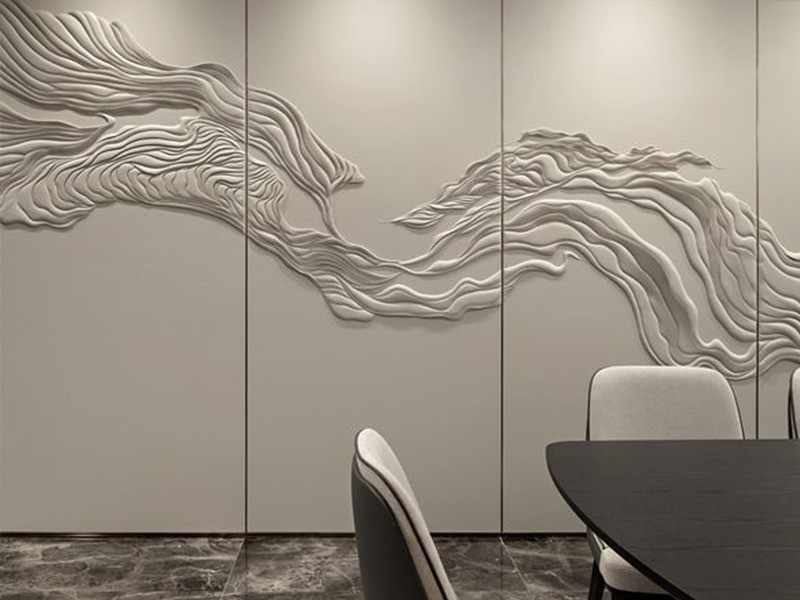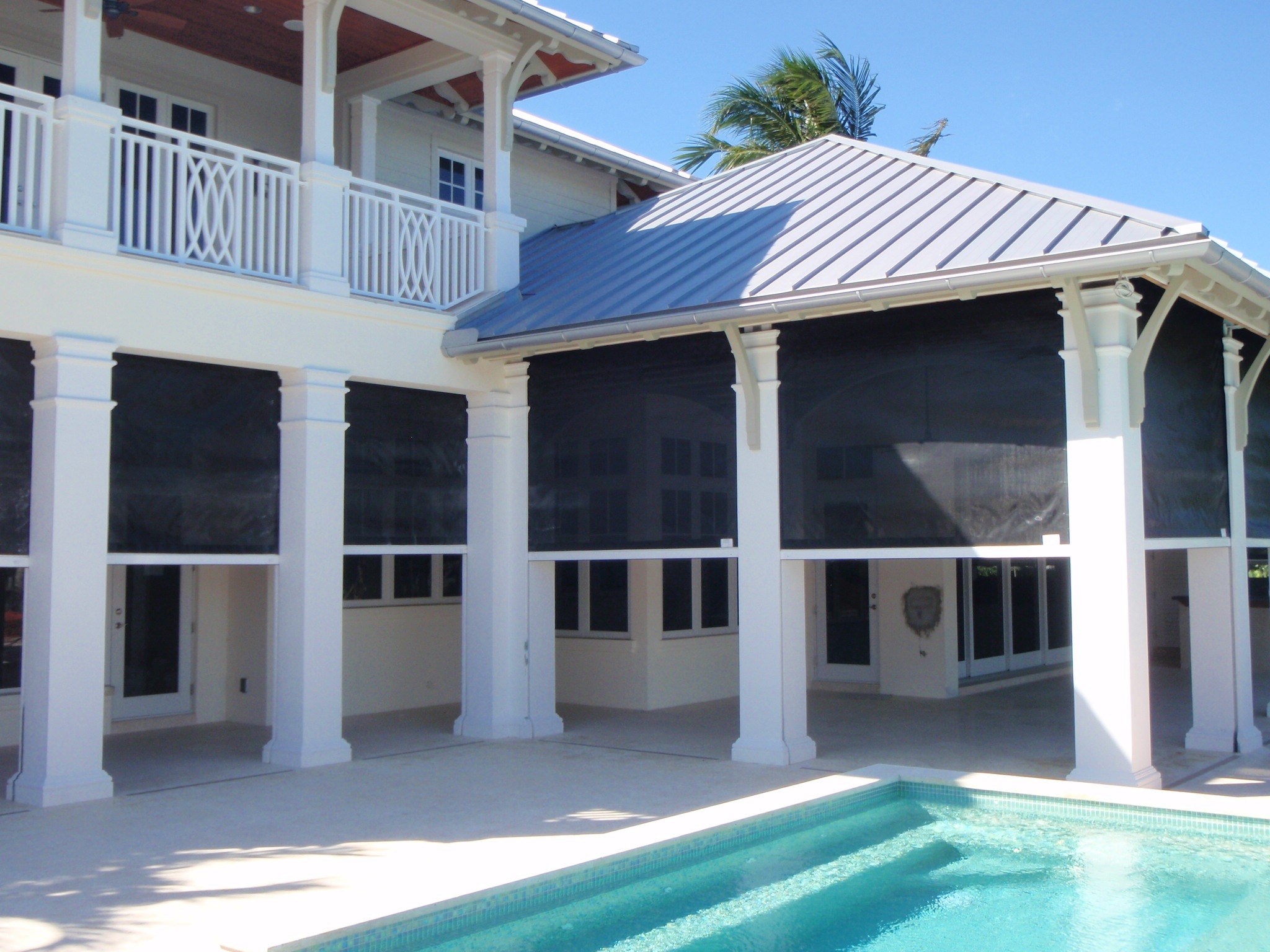Innovative Data Center Cooling Methods for Energy Efficiency
Learn about the best data center cooling best practices, from airflow management to liquid cooling solutions and lower working costs.
Data centers are the backbone of modern digitalinfrastructure, yet they consume energy on a large scale, due to coolingrequirements. As the demand for data processing increases, implementing energy-efficientdata centers cooling methods becomes important to reduce operating cost andenvironmental impact. This article examines the best practices of innovativecooling solutions and data center cooling to optimize energy consumption andincrease efficiency.
The Importance of Efficient Cooling in Data Centers
The cooling systems are responsible for about 40% of thetotal energy consumption of the data center. Disabled cooling leads toexcessive power use, an increase in carbon footprint, and high operating costs.By implementing advanced data centeradaptation techniques, organizations can achieve better thermal management,reduce energy waste, and improve the overall system's reliability.
Innovative Cooling Methods1. Liquid Immersion Cooling
Liquid immersion cooling contains submergence server and ITcomponents, which effectively disintegrate heat, by reducing dependence ontraditional air-based cooling systems, non-conduction liquid coolants. Thismethod is gaining popularity due to the ability to reduce PowerUsage Effectiveness (PUE) and increase cooling efficiency.
2. Direct-to-Chip Cooling
Direct-to-chip cooling uses cold plates that make directcontact with important server components, efficiently remove the heat. A liquidrotates through coolant plates, extracting heat from processor, memory moduleand GPU. This approach reduces fan use, causing adequate energy saving.
3. Free Cooling (Air-Side and Water-Side Economization)
Free cooling takes advantage of external air or watersources, to cool data centers, reduces dependence on mechanical chillars. Theair-side effectization introduces out of the air when the ambient condition isfavorable, while water-side economicization naturally uses cold water to spreadheat. These methods contribute significantly to pue optimization by cuttingenergy consumption.
4. AI-Driven Cooling Optimization
Artificial Intelligence (AI) and Machine Learning (ML) do animportant role in data centers optimization techniques. AI-driven coolingsolutions analyze real-time data, adjusting cooling parameters dynamically tomaximize efficiency. AI can help reduce cooling costs up to 40%by optimizingups and downs in the charge.
5. Liquid-to-Air Heat Exchangers
Liquid-to-air heat exchanges remove heat from theliquid-cooled system and release it in the ambient air, which reduces the gapbetween traditional and next generation cooling approaches. This hybrid methodincreases thermal efficiency and reduces dependence on energy-intensive airconditioning units.
6. Geothermal Cooling
Geothetic cooling is an emerging solution that takesadvantage of the steady underground temperature of the Earth to spread theheat. By transmitting the fluid through underground pipes, the excess heat fromthe data centers is transferred to the ground, which reduces the energyrequired for cooling significantly. This method provides a permanent, lowmaintenance solution that can complement the existing cooling infrastructure.
7. Evaporative Cooling
Evaporational cooling, also known as adiabetic cooling, usesevaporation of water for low air temperatures. This method is highly effectivein areas with dry climate, as it requires less power than traditional airconditioning systems. This increases the best practices of data center coolingby maintaining optimal temperature levels while consuming low energy.
Best Practices for Data Center Cooling
Data Center Cooling enhances durable energy use and thelifetime of equipment by implementing the best practices. Major strategiesinclude the warm and cold corridors, which distinguish airflows to prevent heatrecurrence and adapt to cooling efficiency. Customized airflow management,vacant panels obtained through raised floors and perforated tiles, increase aircirculation and reduce hotspots. Variable-speed cooling systems improveefficiency by adjusting the performance based on real-time heat load. Regularmaintenance and monitoring are necessary to detect disabilities and to preventdowntime. Additionally, integrating renewable energy sources such as solar orwind power helps reduce dependence on traditional grids by supporting permanentcooling solutions. Efficient rack placement also plays an important role inensuring heat distribution and reducing cooling demands.
The Future of Data Center Cooling
As the growth of data centers accelerates, innovativecooling solutions require more pressure. Emerging technologies such as edgeinfrastructure and advanced liquid cooling systems will continue to shape thefuture of energy-skilled data centers. Companies investing in sustainablecooling methods will not only reduce operating costs, but will also contributeto a greenery, more sustainable IT ecosystem.
By adopting advanced data centers cooling methods, datacenters cooling best practices, and taking advantage of PUE optimization,organizations can increase efficiency and reduce their environmental footprintby maintaining optimal performance. As the industry develops, integration ofhybrid cooling approaches and AI-operated automation will be important inensuring long-term stability and flexibility in data center operations.



















Facebook Conversations